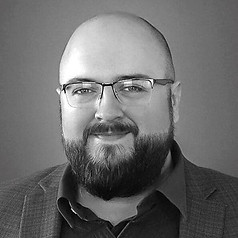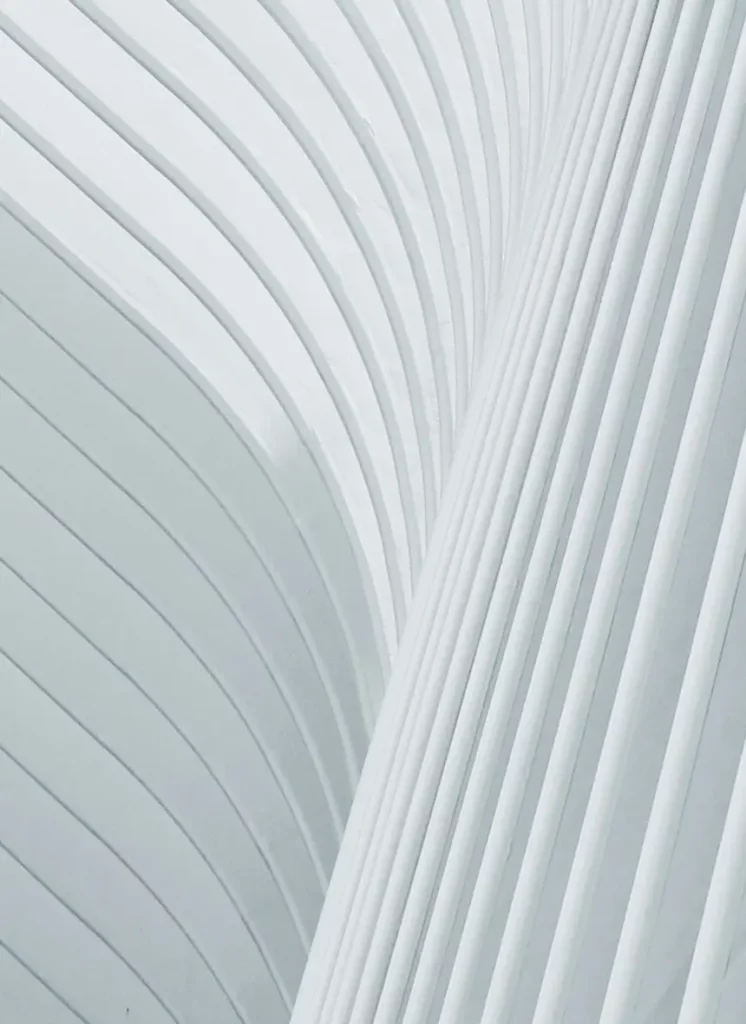I was the type of adolescent who said things like, “human beings are a parasite upon the earth.” Not because I was going through a significant goth phase, as I likely said this while wearing bright baggy trousers and a Jurassic Park t-shirt, but because I had been highly influenced by my mother’s environmentalism. My first forays into non-fiction were about endangered and extinct species, and this is where my interest in science began.
Over the years I considered myself first and foremost an environmentalist. This was also how I initially connected with Talentism’s purpose of systematically unleashing human potential. In examining and redefining human relationships to each other and the environment, I saw an opportunity to combat the damage we had done.
Starting in college I became enraptured with music, and through music, the arts. I loved the rigor of music, and the math. But more than that, I loved something specific to modern music – noise, chaos. I loved the beauty within the noise. My job introduced me to a wide variety of characters – glitch-hop hipsters like Guillermo Scott Herren, women exploring perceptual boundaries like Marianne Amacher, Gloria Coates, Pauline Oliveros and Lois V Vierk, out-jazz improvisers like Bill Dixon and Peter Evans, and more. It wasn’t just that these artists used noise in their music, it was that their music was a dance with chaos. That dance felt dangerous and beautiful.
For many years of working at Talentism, my science background has been the more important of the two aspects I’ve outlined. As with much of Western society, the Apollonian has been given primacy over the Dionysian. But I could always feel the Dionysian creeping in the corners, especially while I was coaching clients. The dance with chaos is the artistry we seek to command with Talentism’s learning system. Only in the last several months have I started to experience within my work and myself a synthesis between the rigor, and the chaos, inherent in both science and the arts.
The simplicity on the other side of complexity is still a goal, but it will always be unstable. Because the chaos won’t stop churning. Getting to the other side of complexity is itself part of learning, not the end point. Learning is a never-ending dance with chaos.
I believe that this is about the human relationship to the chaos inherent in our environment. There are types of help which aim to free people from their chaos. There are types of help which try to give people control over the chaos. Both have their applications, but both are fleeting.
Then there’s the type of help that is our aspiration to provide at Talentism: how to dance with chaos. And that’s not just a conceptual framing; I’ve seen it and felt it with clients; I’ve seen it and felt it with members of the community; it has been a sustaining fire in my own dance – and that’s why our purpose is meaningful to me now.
If you stay in the dance, if you find flow in the dance, you get better. You find yourself in circumstances with abilities that surprise you. You become more antifragile. And as the world becomes more complex, and more chaotic, you can evolve with it.



